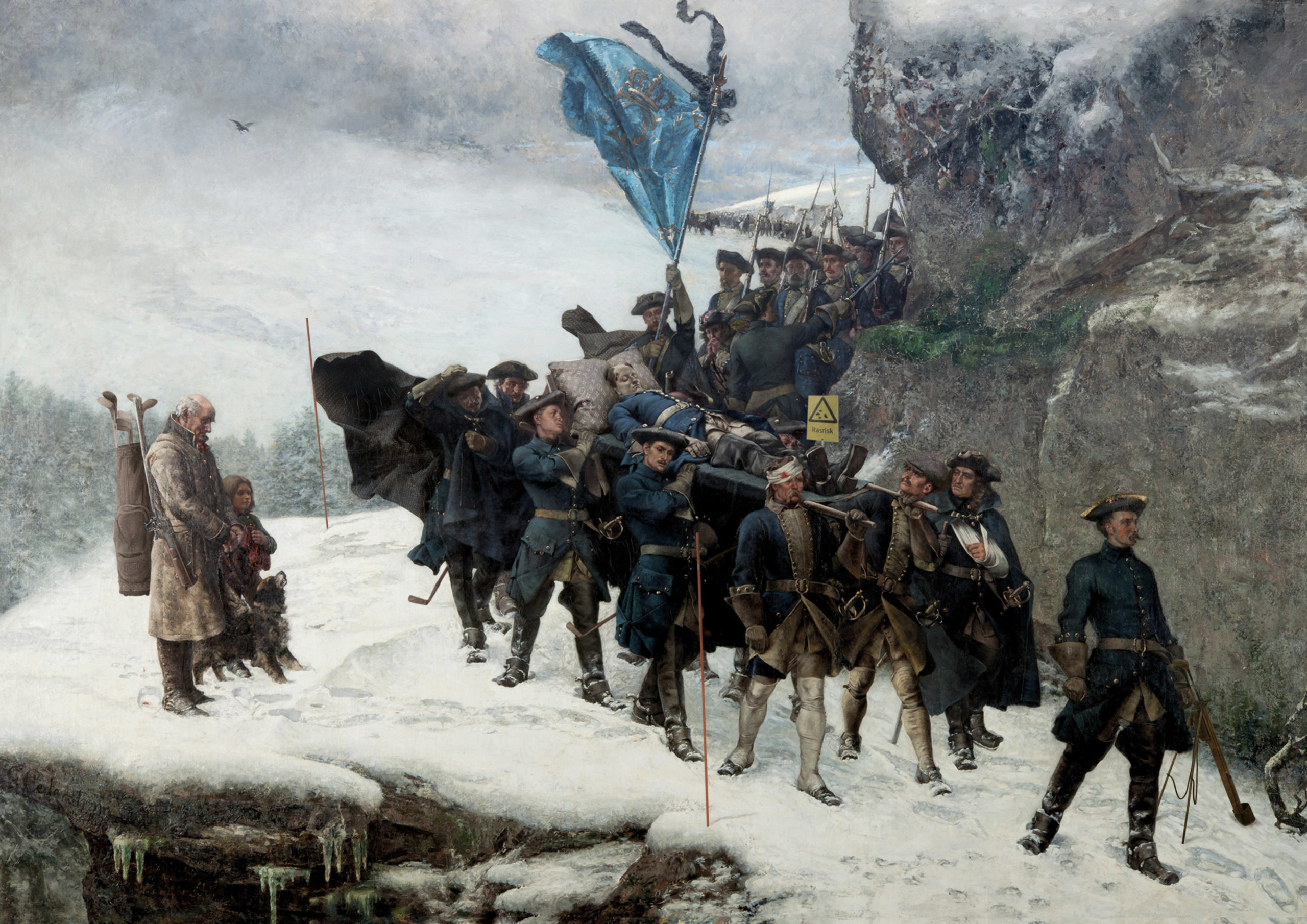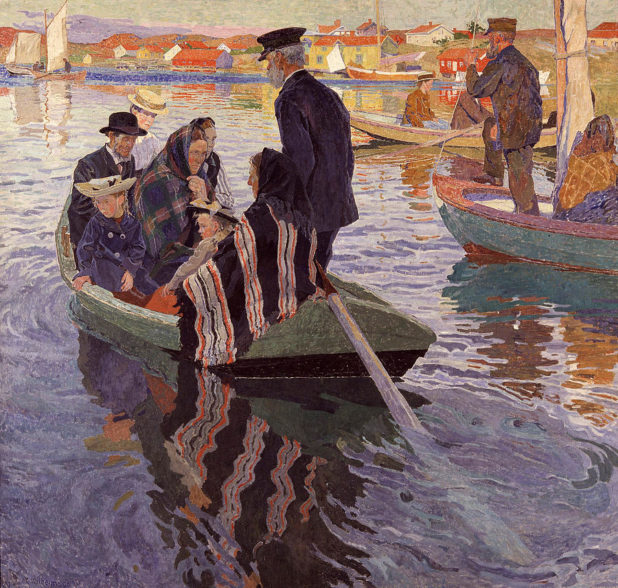
In order to truly crush the patriarchy once and for all, we must destroy the foundations of the patriarchy.
The foundations of the patriarchy are in history. So that means that we must erase all history from before 2017.
In a series of warnings by the Swedish National Museum, classic 19th-century art is presented as patriarchal, reactionary, and borderline dangerous due to alleged features of racism, sexism, and nationalism.
The Swedish National Museum has added politically-flavoured warning texts to swaths of its collection.
Most of the warnings concern classic 19th-century paintings and the Nordic national romanticism movement in particular, which prompted Leif Gren, an archaeologist at the Swedish National Heritage Board, to accuse the museum of placing “facilitating pointers” to provide the public with “misleading politicisation” in an opinion piece for Vestmanlands Läns Tidning.
According to Gren, 19th-century “bourgeois art” is presented as rife with “deception, falsehood, political manipulation, sexism, and racism”. Among other things, 19th-century art is portrayed as patriarchal, reactionary and borderline dangerous, disregarding “the strong liberal climate” of that era, Gren noted. By contrast, 20th-century art, which increasingly embraces the Social Democratic tradition, is displayed as cultural success, he noted, which moves the focus away from art itself and prevents visitors from thinking for themselves.
For instance, this is how the National Museum now presents Gustaf Cederström’s world-famous painting “Bringing Home the Body of King Carl XII of Sweden”: “The populist and nationalist view of Swedishness, which is used politically today, is based on the idea of a statically idealised and constructed past. The idea that there is a historical time and place to look back on, where everything was in a certain way, is not true”.
Several warning signs label 19th-century art as expressions of racism. The term “racialisation” is also used as a matter of course, despite it not appearing until the 1960s. According to Gren, the reasoning is mostly based on so-called “guilt by association”. For instance, Carl Wilhelmson’s classic painting “Church People in a Boat” is given a racist slant because it was made at a time when “anthropological racial research” was being performed.

“Ever since Romanticism, the idea of inherited popular characteristics characterised German and Nordic thinking. The rural population, farmers and fishermen, who lived according to older cultural patterns and whose bodies were marked by hard toil, were allowed to exemplify the Nordic national types. From the mid-19th century that perspective was strengthened by the anatomical museum sample collections that received an anthropological racial research focus”, the National Museum said in its warning.
Likewise, a sexist agenda is being attributed to 19th-century paintings of an erotic nature that focus on the female body as an object of art, with warnings honing in on “the tradition of the male gaze”, which presents the female figure as “prey”.
In the words of Gren, the museum’s agenda is to convey the idea that 19th-century society was deceived and patriarchal, whereas art is presented “as a highly oppressive tool in an unnatural state of society”.
Patriarchy is unnatural.
All of history is unnatural, including all of prehistory, going back to the dawn of man.
Everything that existed in nature was unnatural.
The only thing that is natural is the current year.
We invented nature, and it is we who will decide its terms.
Nothing can go wrong with any of this.
This is who runs the Swedish National Museum
